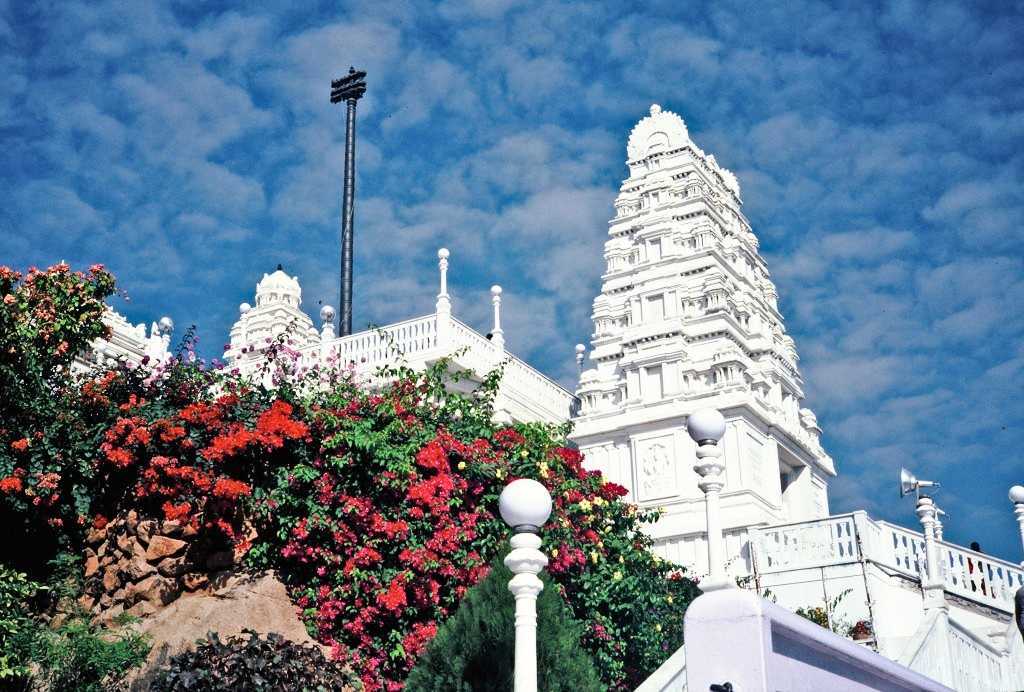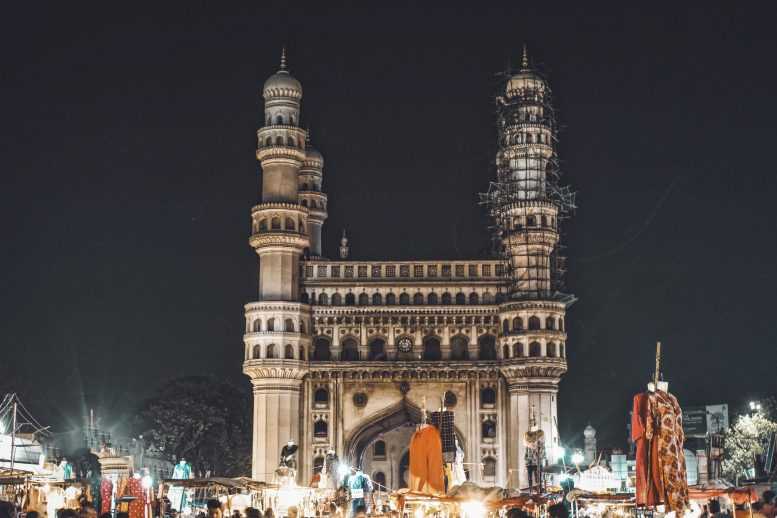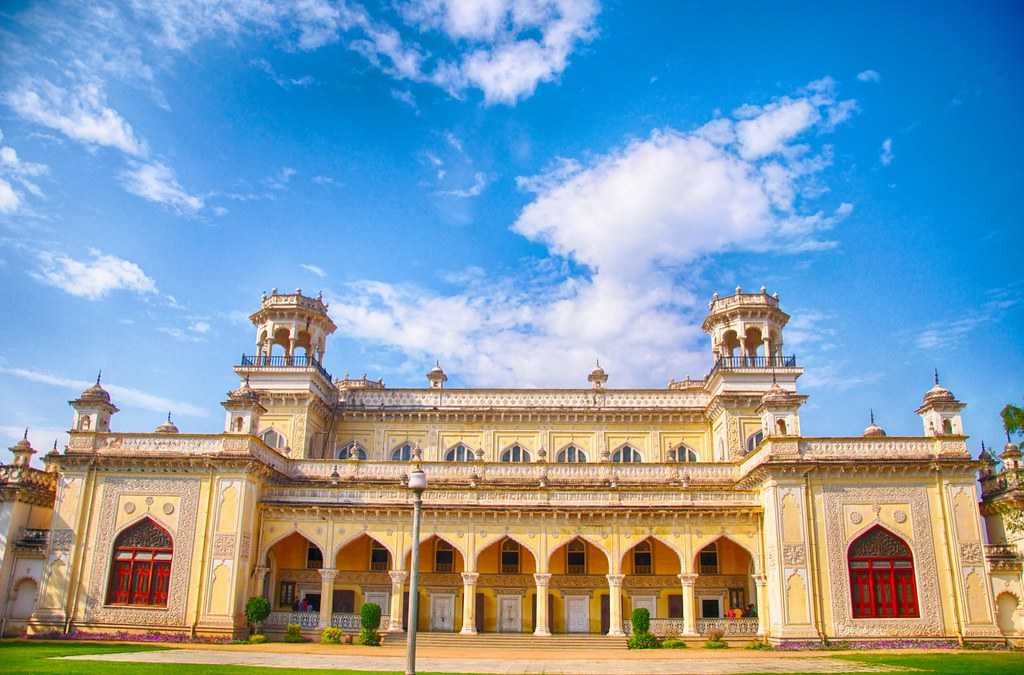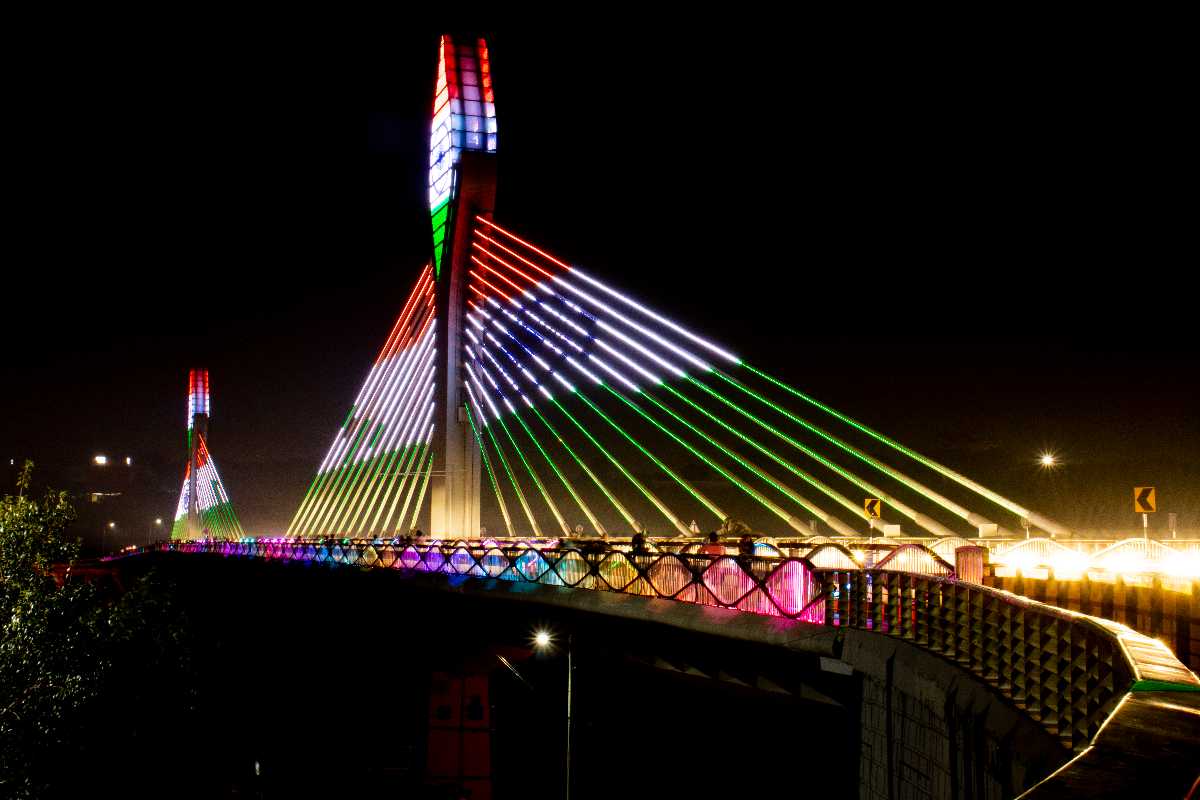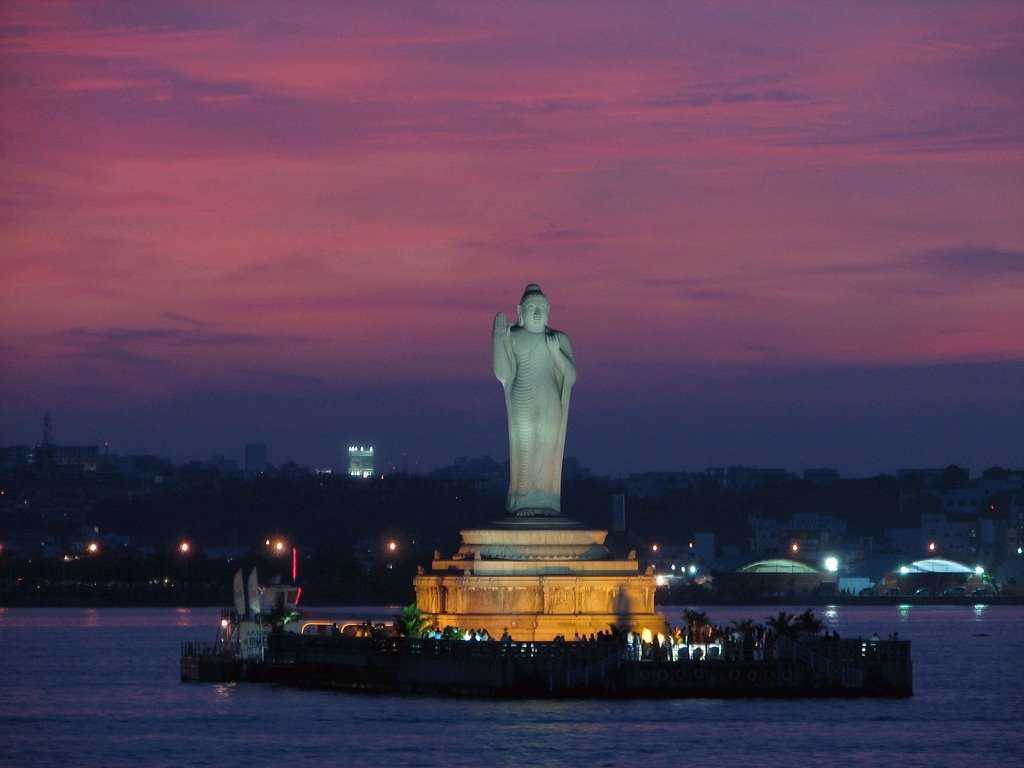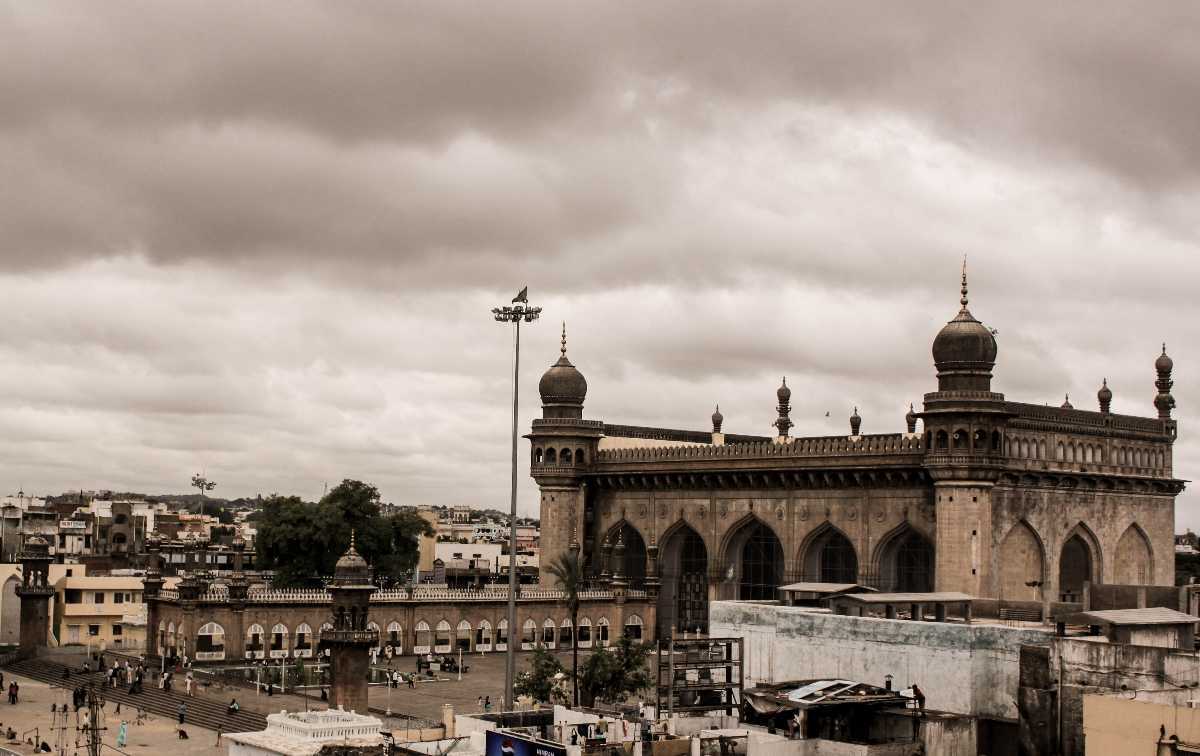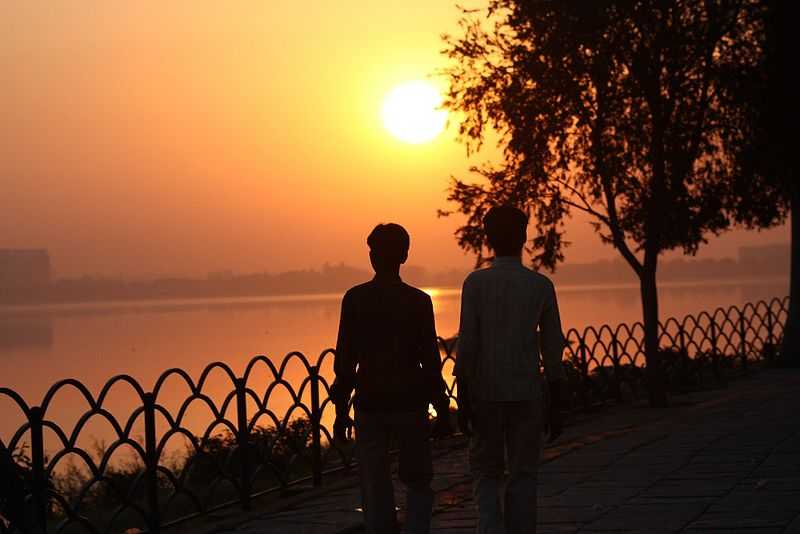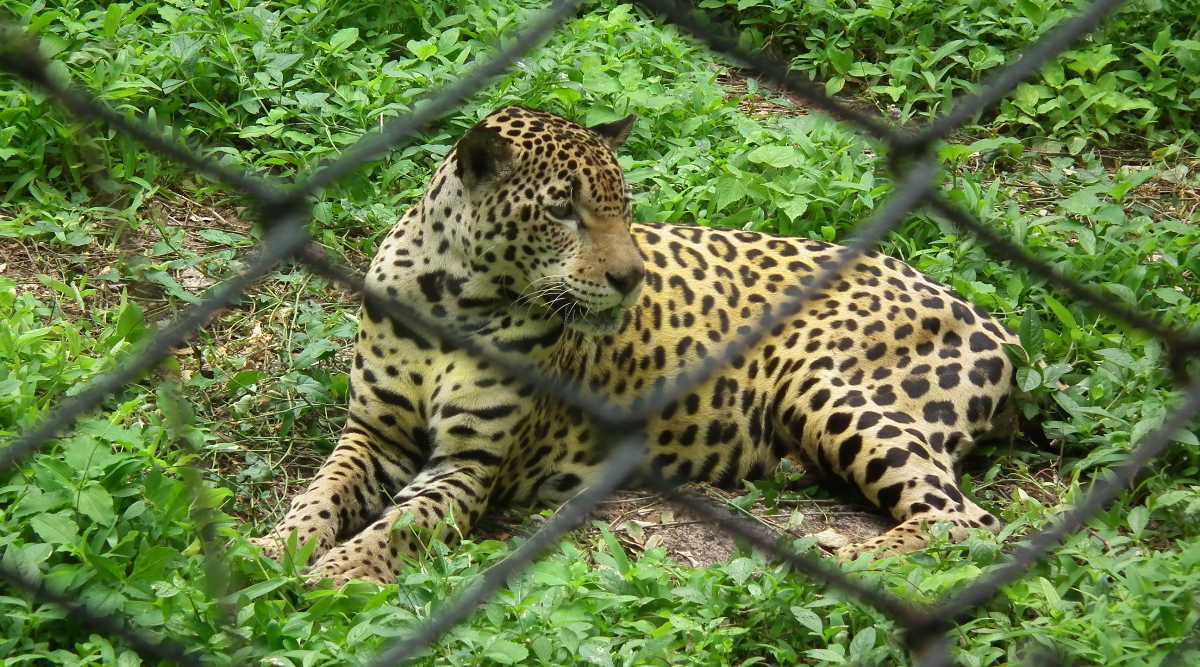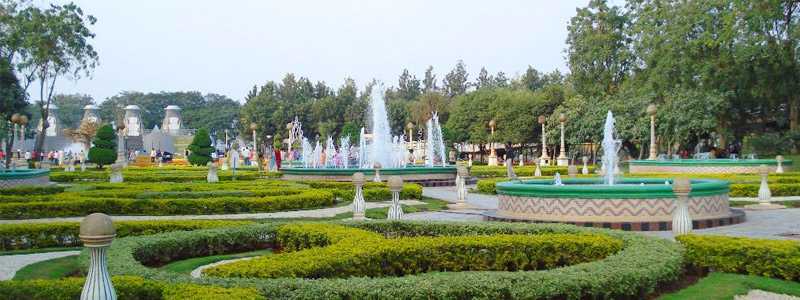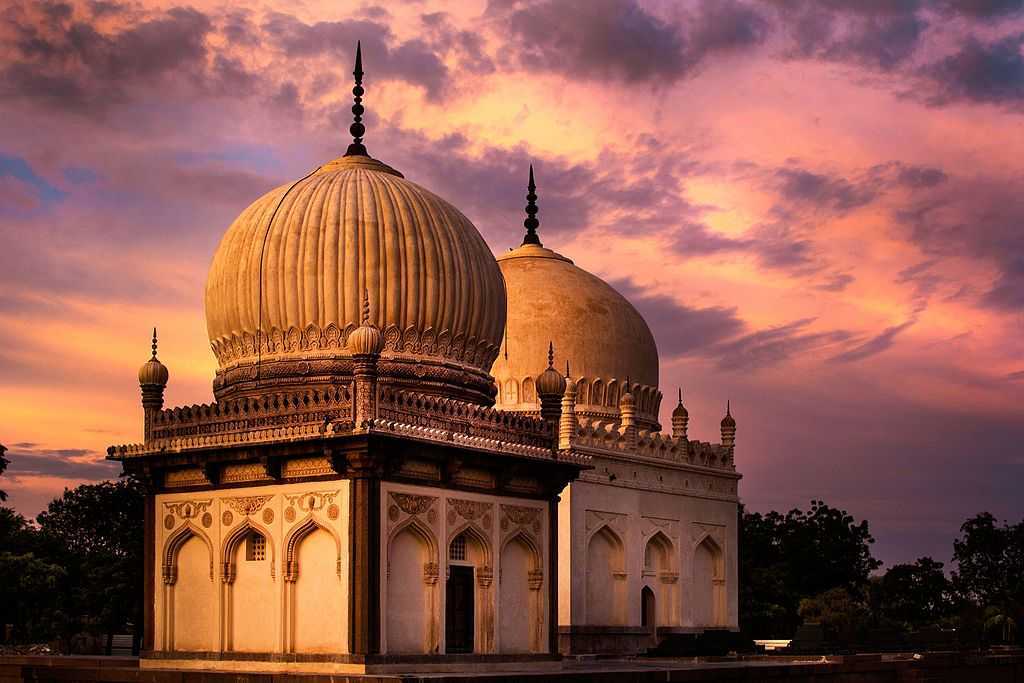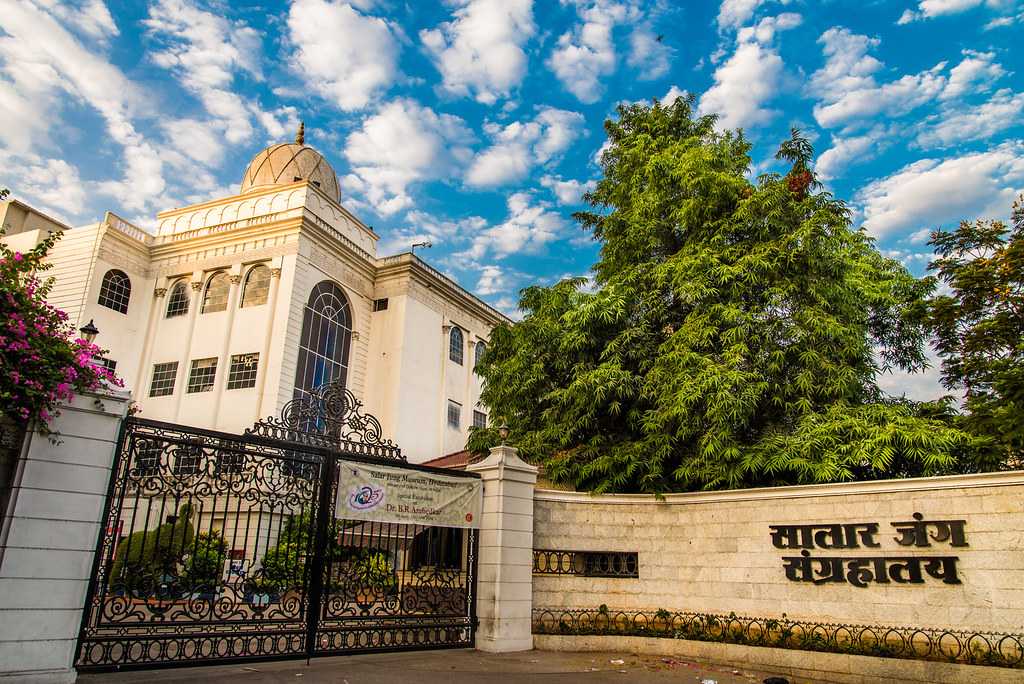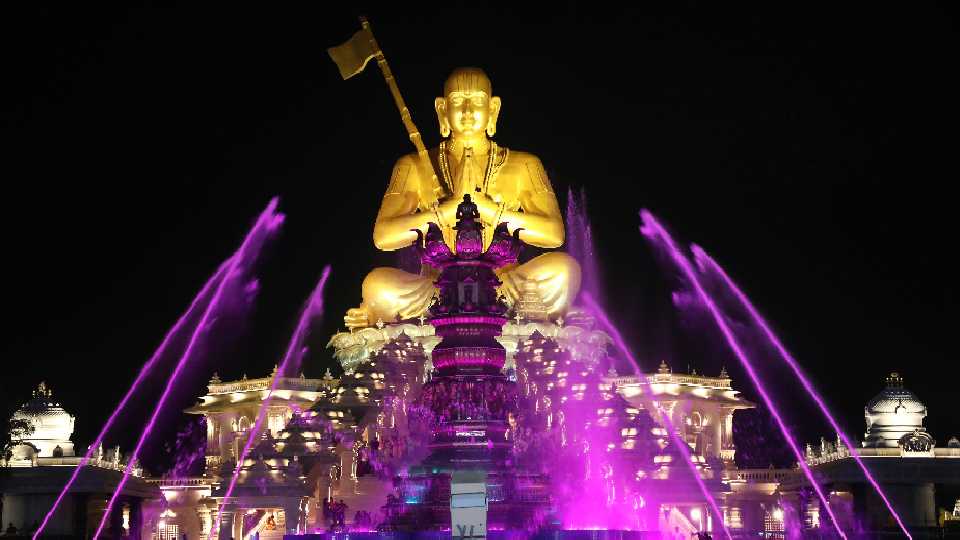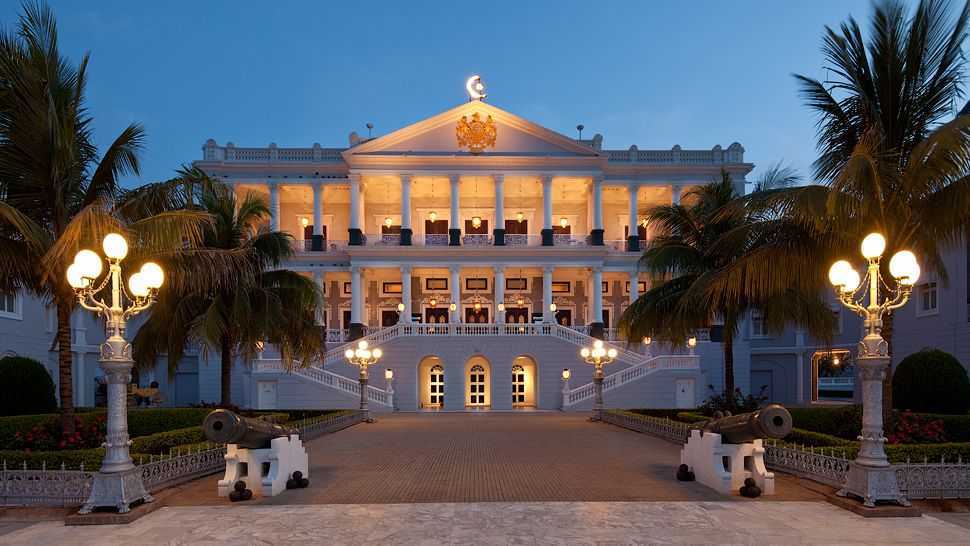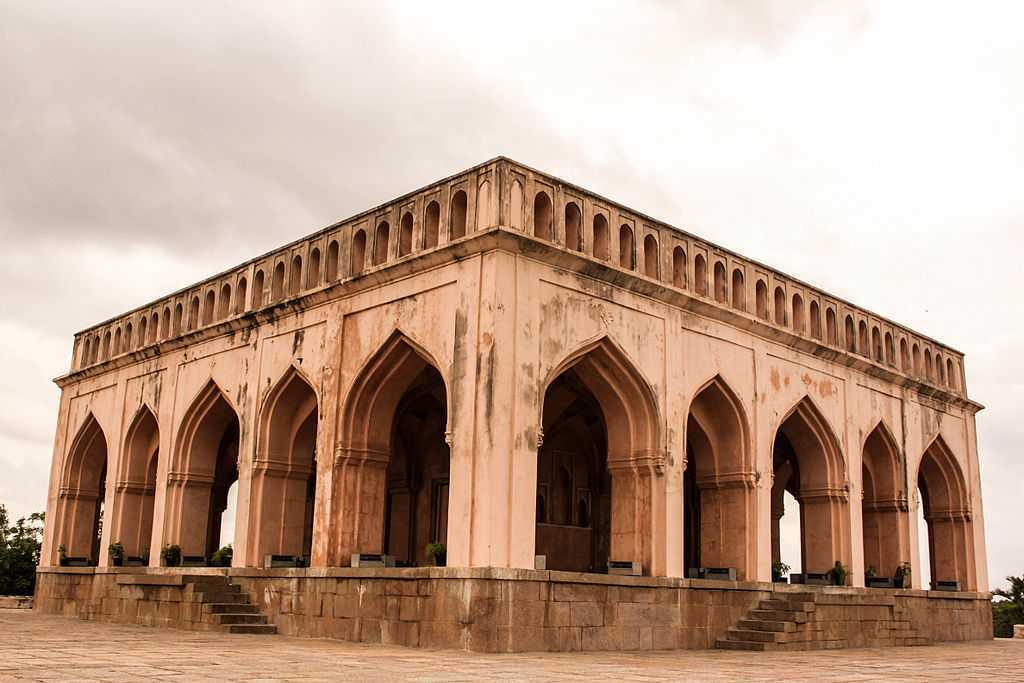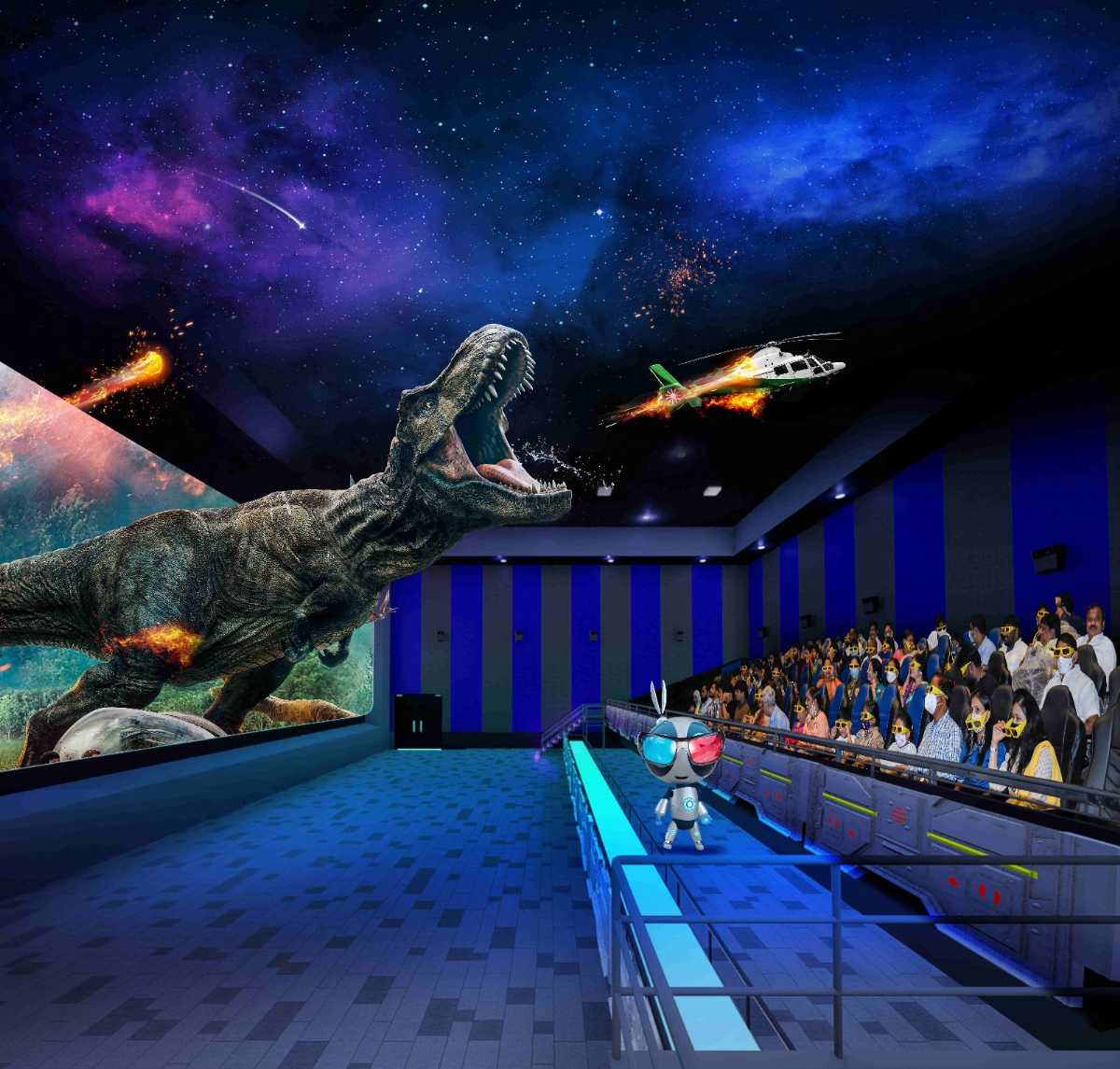Complete Guide about Golconda Fort
-
Location
Golconda Fort, Khair Complex, Ibrahim Bagh, Hyderabad, Telangana 500008
-
Timings
Every Day
08:00 am to 05:30 pm
Light Show
07:00pm to 08:15 pm -
Entry Fee
For Indians Rs.25/-
Rs.25 for Still Camera
For Foreigners Rs.300/-
Sound and Light Show
Regular Class Child Rs. 60 /-
Regular Class Adult Rs. 80 /-
Executive Class Child Rs. 110 /-
Executive Class Adult Rs. 140 /-


Golconda Fort
About Golconda Fort
Hyderabad’s Golconda Fort is a magnificent illustration of superb engineering and entrancing architecture. It is the most well-known of all the tourist attractions in Hyderabad, and is situated 11 kilometres from the city. The Telugu words “Golla” and “Konda,” which combined mean “Shepherd’s Hill,” were used to create the fort’s name.
However, before scheduling a trip to this royal reminder of history, remember the Golconda Fort’s opening hours and admission price. The Golconda Fort, for instance, is open from 9 am to 5.30 pm. After that, except for those who are going to the light and show at night, tourists are not permitted to enter the fort. Plan your visit early in the day in order to enjoy a leisurely exploration of this location’s splendour.
An amazing building that once would have mesmerised everyone who saw it still remains proudly today. Golconda Fort is guaranteed to surprise you with its solid construction, highly advanced technology employed at the time, and breathtaking views of the nearby city.
It’s breathtaking to see the sunset from the top of the fort. Golconda Fort, one of Hyderabad’s most well-known and magnificent structures, entices every tourist with its unmatched beauty and majesty. Without a trip to this fort, a tour of Hyderabad is not complete.
Thousand Piller Temple Official Site Link
www.hanumakonda.telangana.gov.in
The History
This enormous Golconda Fort, with its eight gates and 87 bastions, was initially constructed by the Kakatiya Kings in the 12th century, and afterwards by Qutub Shahi Kings.
There is a myth associated with the name Golconda Fort. According to the legend, a shepherd kid came upon a god idol while strolling up this hill. The then-ruler of the Kakatiya Dynasty heard about the shepherd boy’s discoveries. The hill would later become known as Golconda (Shepherd’s Hill) Fort after the King made the decision to construct a fort there.
However, the fort was ruled by Bahamani kings over 200 years later. Later, the fort came under the jurisdiction of the Qutub Shahi Kings, who expanded it. During the control of the Qutub Shahi Dynasty and the Bahamani kings, the fort was strengthened and enlarged. This fort was governed by the Mughal emperor Aurangzeb later in 1687. At that time, nobody was watching the fort.
The Golconda Fort currently consists of a complex layout of palaces, mosques, and pavilions, all of which are regrettably in ruins.
Golconda allegedly used to be a well-known diamond market that drew traders from all over the world. The renowned Kohinoor and Hope gems, as well as others like The Regent Diamond, Darya-e Nur, and Nur-Ul-Ain Diamond, were kept at Golconda.
The Architecture
The fort features walls that are 15 to 18 feet high and has a radius of around 11 kilometres. It boasts imposing gates with protruding iron spikes. This shielded the fort from both enemy and elephant attacks that could have damaged it. The architectural design of the Golconda fort will captivate you at every turn. On a 12-meter-tall granite boulder, this fort was constructed. A portion of the massive rampart that surrounded the golconda fort can still be seen.
Every visitor to the Fort is drawn in by the system of acoustics there. The highest point, “Bala Hissar,” which is approximately a kilometre away, may be heard clapping at the entry. It appears that this device was utilised for communication, particularly to warn the king in case of an attack.

Water supply system is one of the Fort’s other alluring aspects, and it has many people in awe at how far technical and scientific understanding had advanced at the time this fort was being built. The “Rahban” cannon is another well-liked feature.
One of the popular locations inside the fort is Ramdas’ prison. Ramdas, a revenue collector in Abdul Hasan Shah’s court, was allegedly imprisoned, according to mythology. He carved Hindu gods into the cell wall while he was imprisoned. There are numerous carvings of the Hindu deity Hanuman on the wall that have been covered in sacred vermillion. In front of the carvings, a holy lamp or two (diyas) are also kept burning.
Fatesh Darwaza, which translates to “Victory Gate” in English, is the name of the fort’s main entrance. It received its name since it was via this gate that Aurangzeb’s army entered the fort. This gate draws visitors not simply for the victorious march of his troops, but also because of its excellent acoustics.
This gate, which exemplifies architectural perfection, was constructed in such a way that the sound of clapping may be heard at the topmost pavillion if one claps at a specific position of the entrance. The 80-foot tree in Golconda Fort, which is thought to be over 800 years old, is another appealing aspect of the fort.
Additionally, the fort has numerous mounted cannons and drawbridges. Stables, mosques, eight entrances, and large rooms all contribute to the spectacular architecture’s great size. There are rumours that a covert tunnel travels from Durbar hall to the base of the hill. It is thought to be a hidden escape route in case of an attack. To yet, no such route has been discovered.
Dekho Apna Desh
The DAD of Tourism
Get Direction to Golconda Fort
Near Attractions
